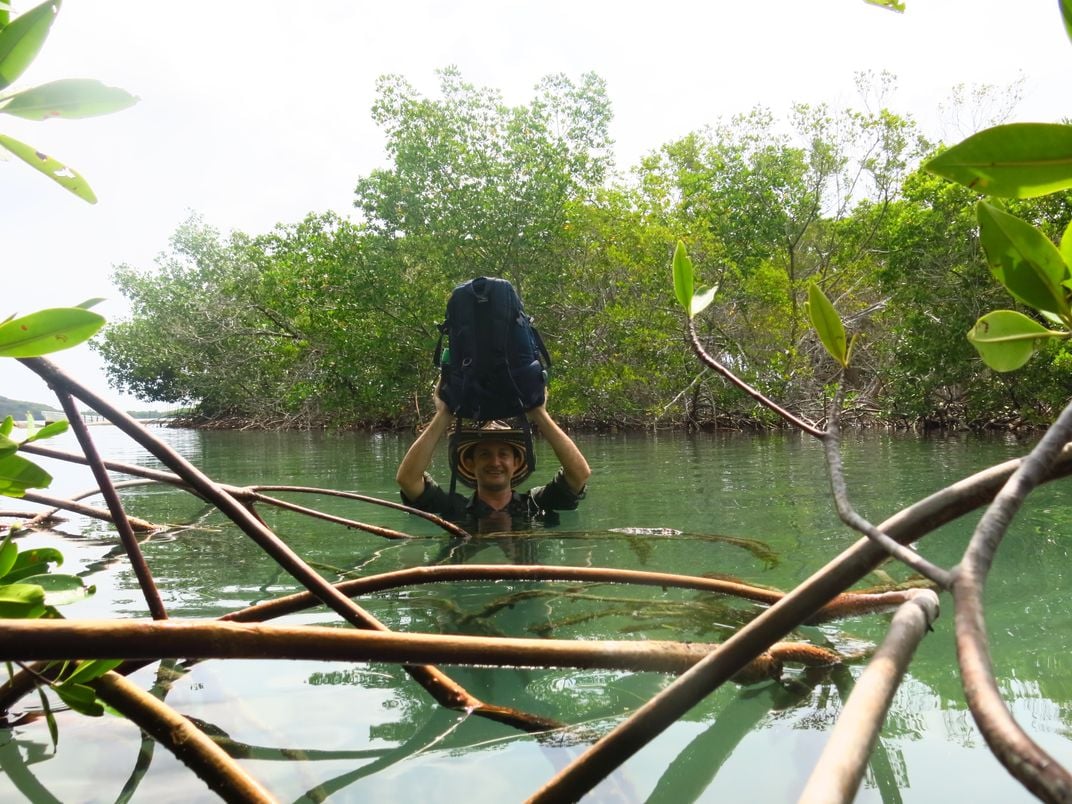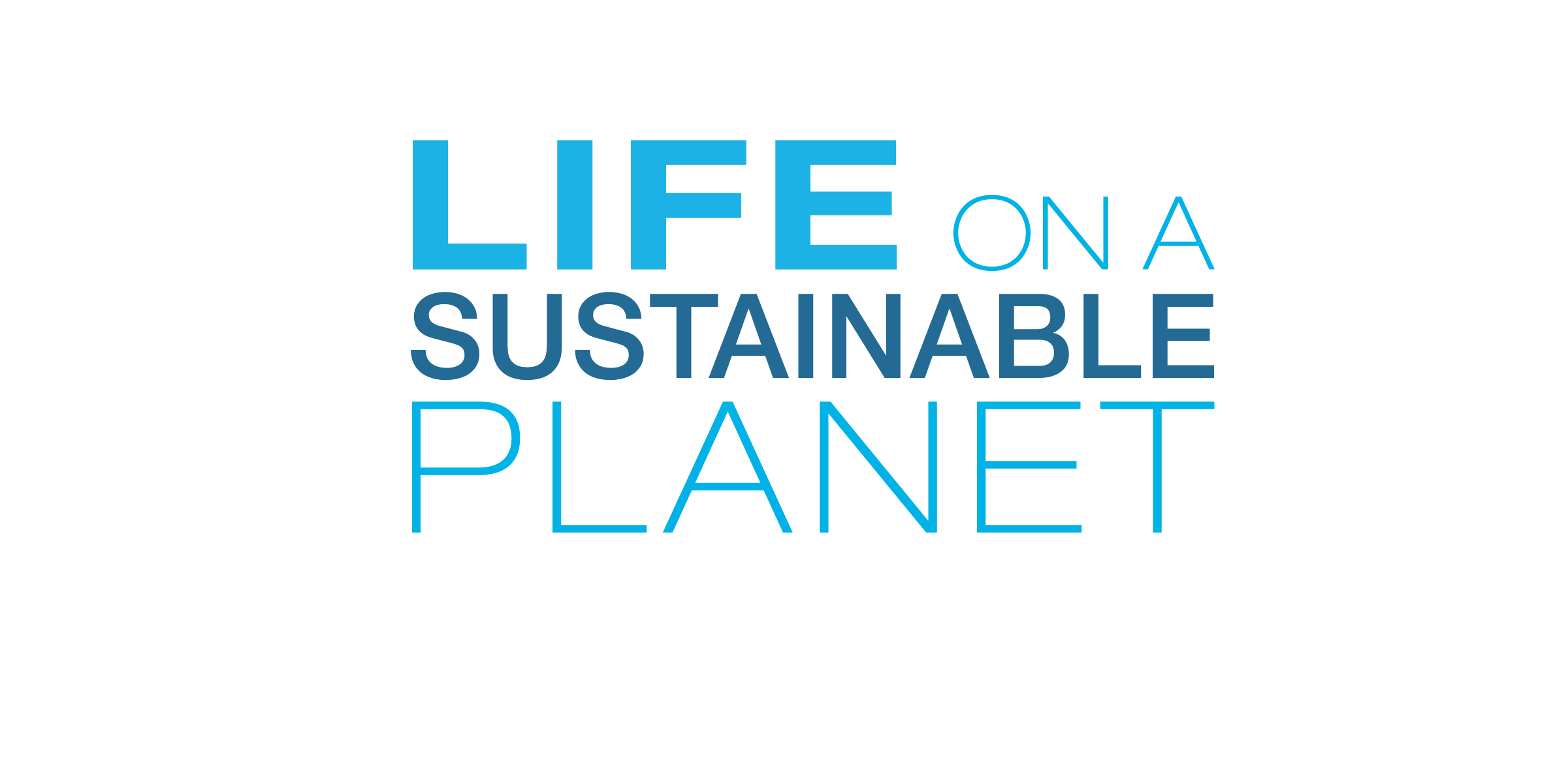Mangroves of Mesoamerica Will Start Getting Report Cards
The health of coral reefs in Central America is graded every two years and issued a report card. As of next year, two other coastal ecosystems that coral reefs heavily depend upon —mangrove forests and seagrass beds— will also start getting scores. This will help strengthen the everyday management strategies of these habitats, crucial to the livelihoods of over 2 million people.
/https://tf-cmsv2-smithsonianmag-media.s3.amazonaws.com/blogging/featured/IMG_6530.jpg)
Every two years, coral reefs in Mexico, Belize, Guatemala and Honduras get a report card. Their grades help scientists, managers and conservationists understand the overall health of the Mesoamerican Reef (MAR), the 1,000 km long barrier reef system extending along the coast of Central America. The grades also help detect changes in reef health based on key indicators.
These indicators were developed almost fifteen years ago through the Healthy Reefs for Healthy People Initiative (HRI), led by Smithsonian scientist Melanie McField, in collaboration with partners including the Nature Conservancy and the World Wildlife Fund. The goal was to have a consistent way for in-country partners to collect data about their reefs, making regional comparisons more reliable and meaningful based on the grading criteria.
Now the reef report card is expanding. The next review, in the summer of 2019, will incorporate seagrass beds and mangrove forests as well. Although not as ‘sexy’ in terms of tourism and popular appeal, coral reefs and marine life heavily depend on these associated ecosystems. In a way, they represent a holy trinity of coastal ecosystems.
Mangroves and seagrass perform many vital functions. To begin with, they act as a buffer, absorbing pollutants and excess nutrients before they reach coral reefs. This helps keep magroalgae, the main competitor of corals for space, under control. They too provide habitat, foraging and nurseries grounds for a large variety of marine life, including endangered and critically endangered species.
Mangroves and seagrass are also resilient ecosystems that protect the shoreline and its residents from storms, reducing flooding and erosion. In addition, mangroves trap large amounts of carbon, helping mitigate climate change. Their protection is crucial to the Working Land and Seascapes component of the Smithsonian Conservation Commons —of which HRI and the Marine Conservation Program are part— to sustain healthy, biodiverse ecosystems.
“We’re not only managing them for fisheries, but looking at the bigger picture of resiliency in the long term and how to maintain these coastal ecosystems as productive,” explained Melanie McField, director of HRI.
Currently, the main threat to mangrove and seagrass habitats is human activity, particularly coastal development. Supporting local partners’ efforts to protect mangroves is one way HRI is working to keep these ecosystems healthy.
A recent success was the revision of Belize’s mangrove laws this year, increasing the fines for illegal harvest of mangrove trees. This, in addition to the recent ban on oil exploration and drilling permits, helped remove the country’s barrier reef off the UNESCO List of World Heritage in Danger.
The inclusion of mangroves and seagrass in the next report cards is an important step forward. It will strengthen the presence of these habitats in everyday management strategies, a development that concerns over 2 million people who directly depend on the Mesoamerican Reef for their livelihoods, through fishing and tourism.
“In many countries mangroves and seagrass aren’t even mentioned in marine management plans, but without them coral reefs and the fisheries they support don’t do as well,” highlighted Steven Canty, program coordinator of the Smithsonian’s Marine Conservation Program. “Bringing them into the report cards will make them part of the discussions we have with local stakeholders.”
Soon, the less alluring cousins of coral reefs will become the new talk of the town.
The Conservation Commons is an action network within the Smithsonian Institution (SI), highlighting the relevance of science and innovative interdisciplinary approaches across science and culture to on-the-ground conservation worldwide.


